Yesterday, Colorado, New Mexico, Utah, and Wyoming submitted joint response to the Department of Energy’s Regional Clean Hydrogen Hubs Implementation Strategy request for information process. The RFI seeks input from responders on the regional clean hydrogen hub provisions in the Bipartisan Infrastructure Law and how the Department of Energy should develop the overall Funding Opportunity Announcement solicitation process, structure and implementation strategy.
The four state collaboration known as the Western Inter-States Hydrogen Hub (WISHH), highlighted the key attributes that will contribute to a successful regional hydrogen hub implementation effort, all of which the WISHH states are uniquely situated to provide as part of their collective effort.
The Bipartisan Infrastructure Law included $8 billion for the creation of four Regional Clean Hydrogen Hubs that will create jobs to expand use of clean hydrogen in the industrial sector and beyond. These hubs will demonstrate the production, processing, delivery, storage, and end-use of clean hydrogen. The hubs will have to demonstrate feedstock diversity, as the bill requires at least one hub produce hydrogen from nuclear energy, one from fossil fuels, and one from renewables.
Additionally, at least one of each of the hubs will be required to demonstrate hydrogen end-use in either electric power generation, industrial sector, residential heating or transportation. The four hubs are required to be located in different regions of the U.S. and, if feasible, there is preference that at least two hubs be located within natural gas producing regions.
Hydrogen energy has the potential to decarbonize multiple economic sectors, including heavy-duty transportation and steel manufacturing, create good paying jobs, and pave the way towards a grid powered by clean energy resources. Today, the U.S. produces about 10 million metric tons of hydrogen annually, compared to approximately 90 million tonnes produced per year globally.
While most of the hydrogen produced in the U.S. comes from natural gas through steam methane reforming, electrolysis technology, which uses electricity to produce hydrogen from water, is an emerging pathway with dozens of installations across the U.S. This technology could allow for the production of hydrogen using clean electricity from renewable energy including solar, wind, and nuclear power.
The state energy leaders of the WISHH include Thom Carter, Energy Advisor to Governor Cox of Utah; Randall Luthi, Chief Energy Advisor to Governor Gordon of Wyoming; Will Toor, Executive Director of the Colorado Energy Office; Sarah Cottrell Propst, Secretary of the New Mexico Energy Minerals and Natural Resources Department; and James Kenney, Secretary of the New Mexico Environment Department.
The next step will be for the Secretary of Energy to solicit proposals for regional hubs and then select the hubs before August of 2022.

